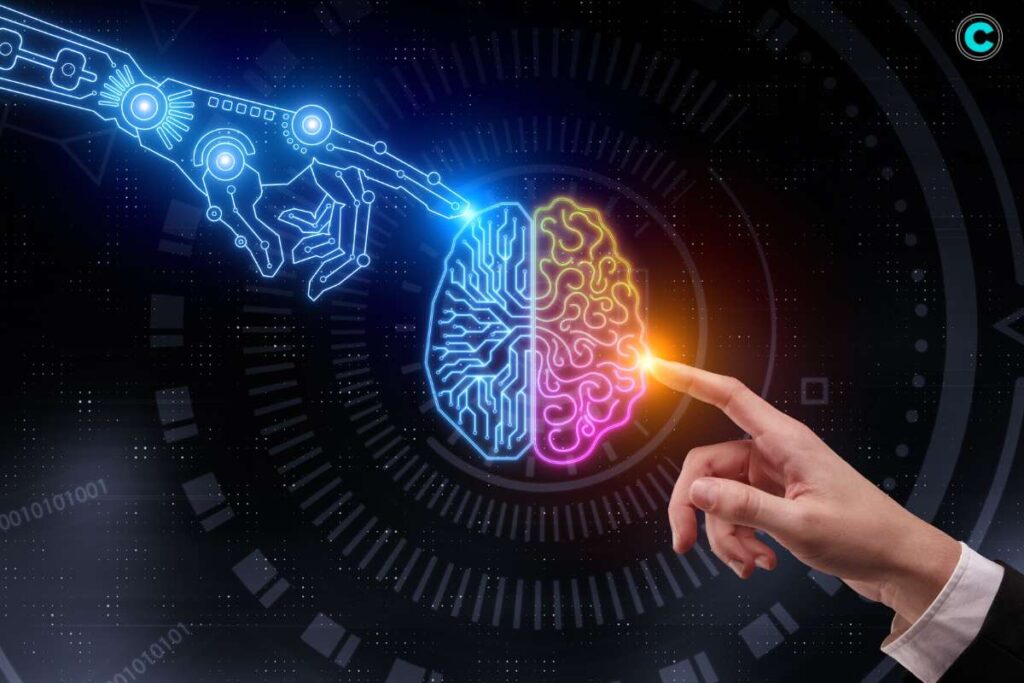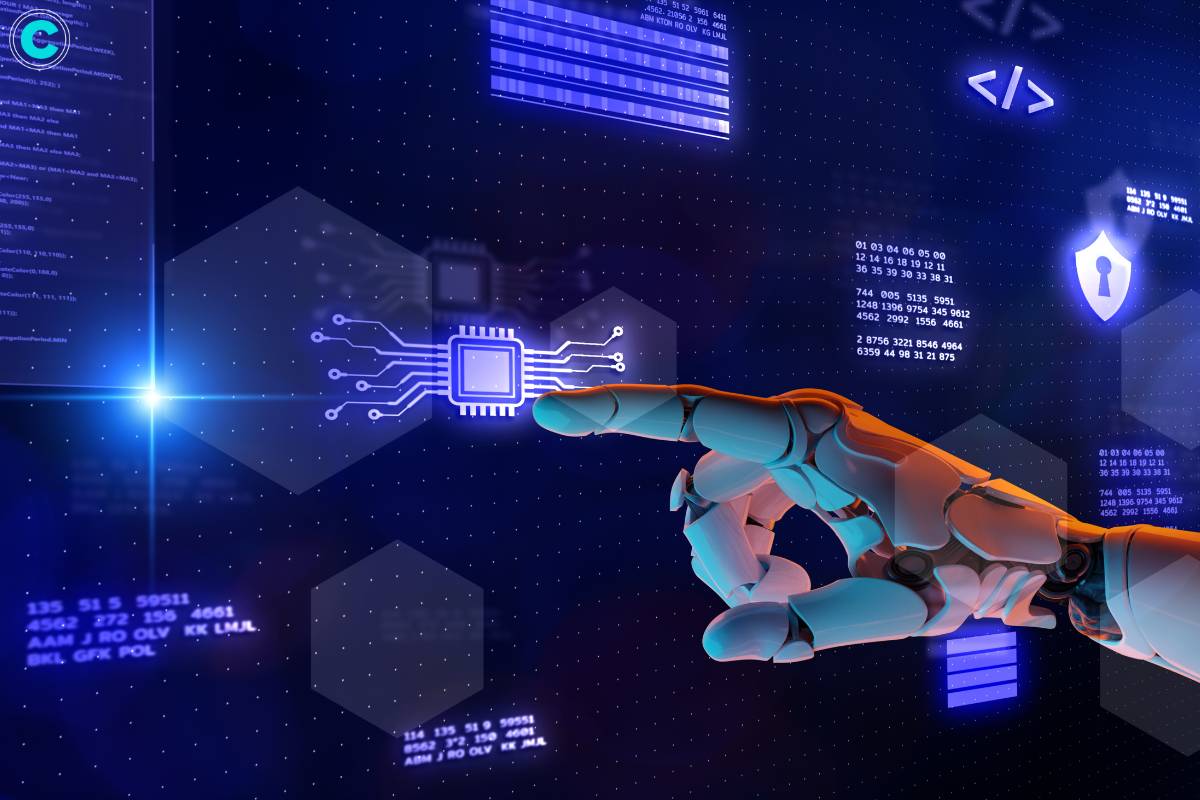AI’s Impact on Modern AI Technology
Artificial intelligence (AI) continues to shape the trajectory of modern AI technology, with its influence forecasted to extend into 2024 and beyond. Notable innovations like OpenAI’s Chat-GPT have inspired software developers to integrate AI into their products, leading to a significant surge in Microsoft’s stock value fueled by their investments in OpenAI. This widespread adoption of AI has transformed daily digital interactions across various sectors, from healthcare to finance and e-commerce, showcasing the vast potential of AI. The automation of tasks has not only enhanced efficiency but has also resulted in significant time and cost savings.
Applications of AI Across Industries
In healthcare, AI applications, ranging from predictive analytics in patient care to robotic surgeries, have significantly improved patient outcomes. Similarly, the finance sector has leveraged modern AI technology for predictive analysis, fraud detection, and customer service, thereby enhancing both security and customer experience. In e-commerce, AI has been effectively employed for personalized product recommendations, customer service chatbots, and predicting consumer purchasing behavior, leading to heightened customer satisfaction, loyalty, and revenue growth.
Addressing Cybersecurity Risks and Energy Efficiency Challenges
However, the proliferation of AI has also brought about an increased risk of cybercrime, particularly in the form of ransomware and phishing attacks targeting sectors from entertainment to finance. These cybercrimes can inflict substantial damage, disrupting business operations and resulting in significant financial losses. To mitigate these threats, robust cybersecurity measures are imperative, necessitating consistent updates to security software and the implementation of strong security protocols.
On another front, energy efficiency remains a consistent challenge in the digital landscape. While the impact of software on computer power efficiency may seem minimal, even minor energy savings are significant, particularly given the rising cost of electricity. As industries transition towards digitization, the demand for computer power escalates, underscoring the importance of optimizing software to minimize energy consumption. Achieving energy efficiency not only reduces operational costs but also enhances hardware performance and lifespan, a crucial consideration for businesses relying on large, energy-intensive servers.
Looking Towards the Future: Technological Advancements
Exciting advancements are anticipated across various technological domains, including AI, malware protection, energy-saving apps, office assistants, and operating systems with enhanced multimedia and security features. The development of more robust cybersecurity tools aims to fortify digital landscapes against evolving threats, while the emergence of energy-saving applications holds promise for sustainable technology use, potentially enabling a significant reduction in our carbon footprint.
Cutting-edge software solutions like NMKD Stable Diffusion GUI AI, Upscayl, and PlotVista are leading the charge in image generation, resolution enhancement, and data analysis, respectively. Additionally, AI-driven productivity tools such as HullSong and FlowBoard are revolutionizing workflow management, while tools like Microsoft Powertoys and Winaero Tweaker offer innovative means to optimize Windows user experience, ultimately boosting productivity and efficiency for enterprises.

The Artificial Intelligence Technology Landscape: Trends, Innovations, and Applications
The artificial intelligence technology landscape encompasses a diverse array of AI technologies, methodologies, and
In conclusion, as modern AI technology continues to drive technological innovation, it is essential to balance innovation with security and efficiency. By addressing cybersecurity risks, optimizing energy consumption, and embracing technological advancements, businesses can navigate the evolving digital landscape while maximizing productivity and minimizing risks.






